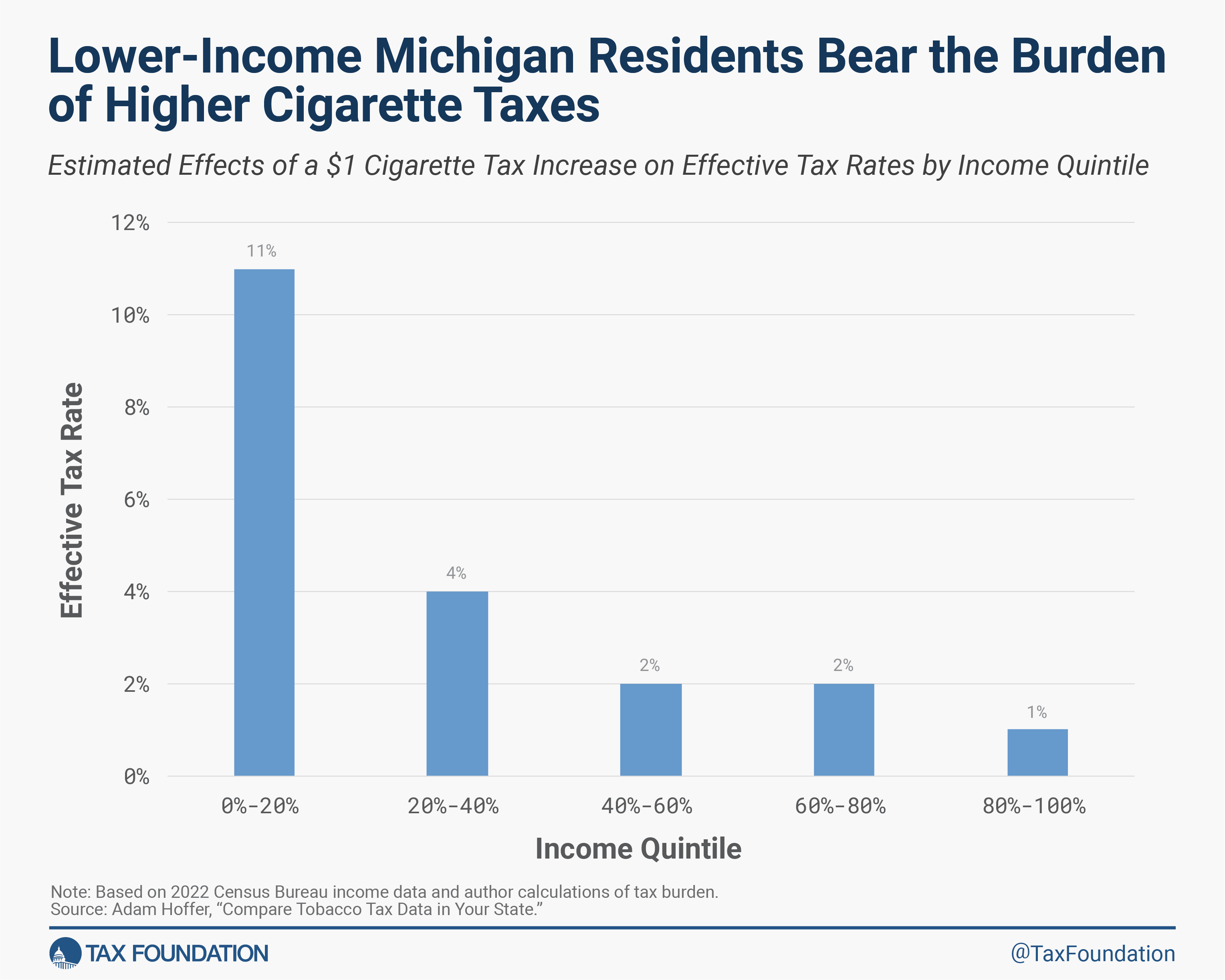What Personal or Family Emergency Expense Distributions Are Permitted Under SECURE 2.0?
QUESTION: We heard that SECURE 2.0 permits certain penalty-free distributions relating to personal or family emergency expenses. Can you tell us more about these distributions?
ANSWER: SECURE 2.0 (see our Checkpoint article) adds a new exception to the 10% early distribution tax for distributions made after December 31, 2023, for purposes of meeting participants’ unforeseeable or immediate financial needs relating to necessary personal or family emergency expenses. Only one emergency personal expense distribution is permissible per calendar year in an amount up to the lesser of (1) $1,000, or (2) the participant’s nonforfeitable accrued benefit minus $1,000. Plan sponsors may amend their plan to permit these in-service withdrawals without causing the plan to become disqualified.
Emergency distributions are included in income in the year they are made. A participant has the option to repay the distribution within three years after the day it is received. No further emergency distributions are permissible during the three-year repayment period unless full repayment occurs. Plan administrators should withhold taxes on emergency distributions at the 10% nonperiodic payment rate (unless the participant elects otherwise).
Plan administrators may rely on a participant’s written certification that they satisfy the conditions for an emergency personal expense distribution. However, the IRS may issue regulations excepting instances where the plan administrator has actual knowledge to the contrary and establishing procedures for addressing cases of participant misrepresentation.
For more information, see EBIA’s 401(k) Plans manual at Sections XII.G (“Other Permissible Distribution Events”) and XIV.K (“10% Additional Tax on Early Distributions”).
Contributing Editors: EBIA Staff.






